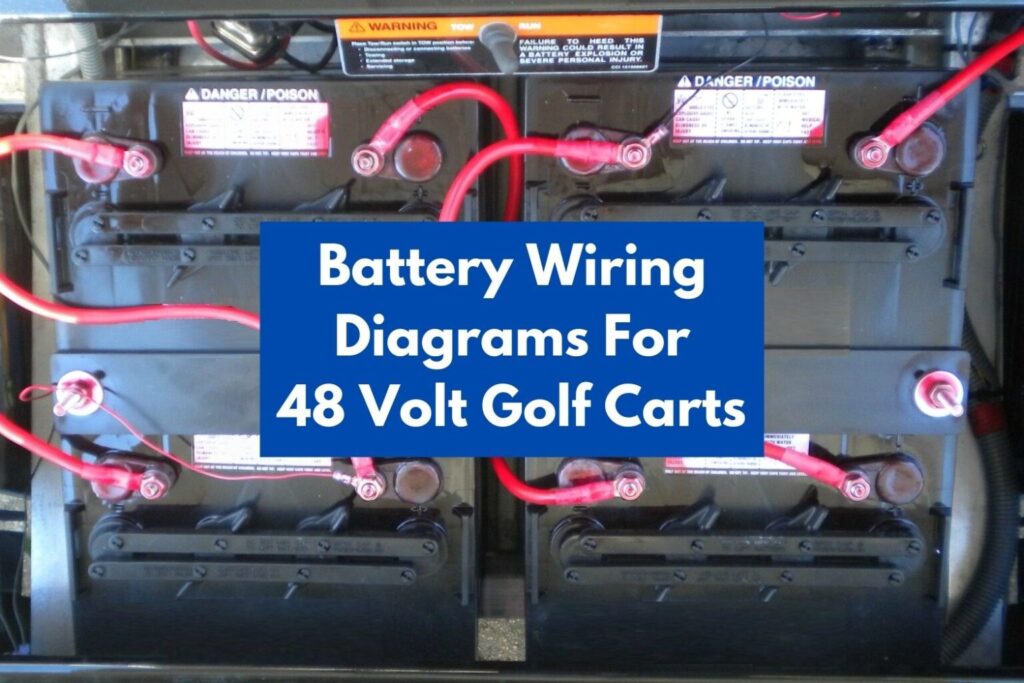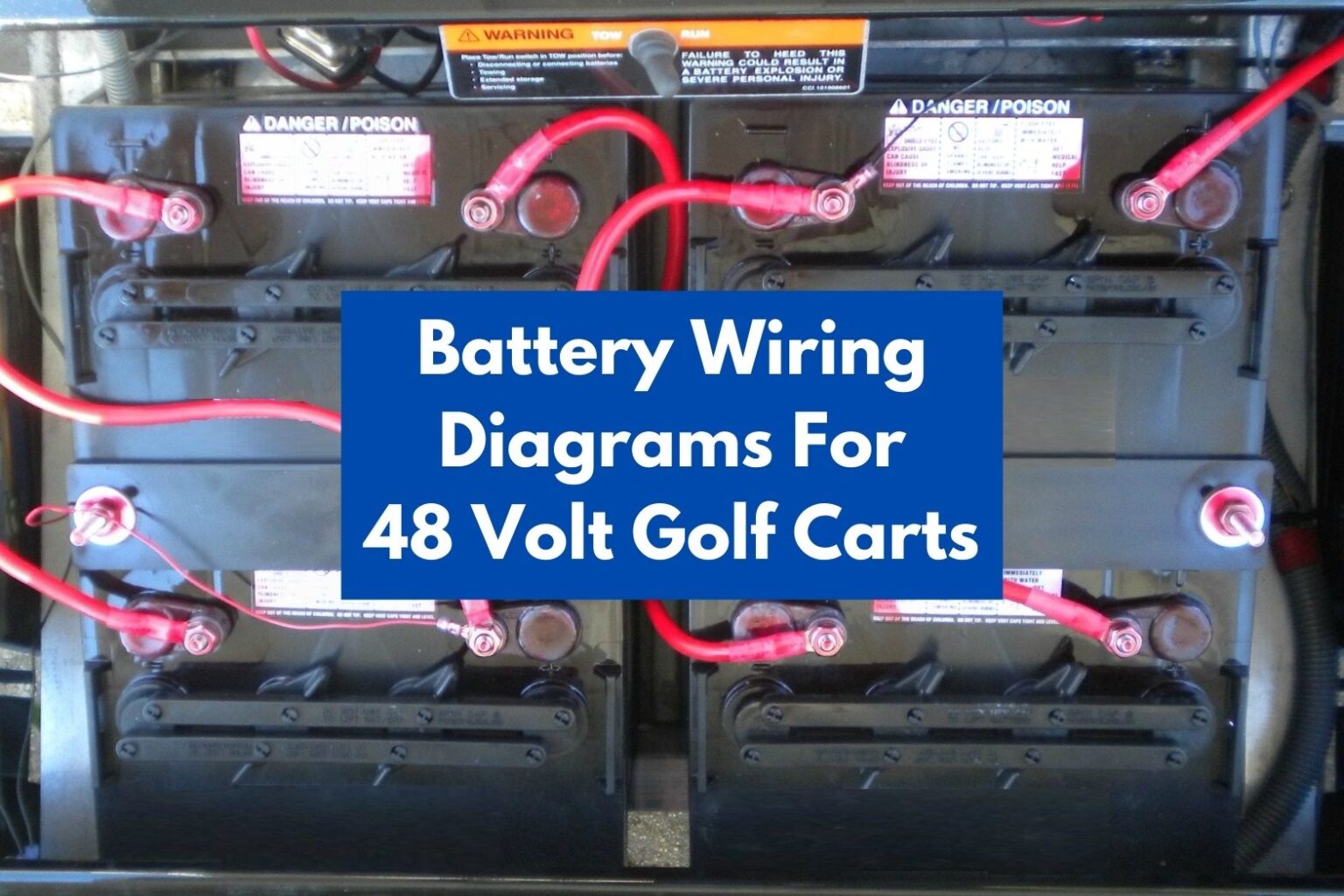
Golf Cart Charging and Battery Life Explained: A Comprehensive Guide
The gentle hum of an electric golf cart is a familiar sound on courses and in communities across the globe. But behind the ease of operation and the quiet ride lies a crucial aspect of golf cart ownership: understanding golf cart charging and battery life. This guide delves into the intricacies of keeping your golf cart powered and ready to go, providing practical advice and insights for optimal performance and longevity.
The Heart of the Cart: Understanding Golf Cart Batteries
Before diving into charging, it’s essential to grasp the fundamentals of golf cart batteries. Unlike gasoline-powered carts, electric golf carts rely on a bank of batteries to store and deliver power to the motor. The most common types include:
- Lead-Acid Batteries: These are the traditional and often more affordable option. They are reliable but require regular maintenance, including checking water levels in flooded batteries.
- Lithium-Ion Batteries: Offering a significant upgrade, lithium-ion batteries are lightweight, require no maintenance, and boast a longer lifespan. However, they come with a higher initial cost.
The type of battery you have significantly impacts your golf cart charging requirements and overall battery life. Choosing the right battery type depends on your usage, budget, and desired level of convenience.
The Charging Process: How to Properly Charge Your Golf Cart
Proper golf cart charging is paramount to extending battery life and ensuring peak performance. Here’s a step-by-step guide:
- Plug In: Connect the charger to a standard 120V outlet.
- Connect to Cart: Attach the charger’s connector to the golf cart’s charging port.
- Charging Cycle: Most chargers are automatic and will shut off when the batteries are fully charged. However, it’s crucial to monitor the charging process, especially with older chargers.
- Charging Time: The charging time varies depending on the battery type, the charger, and the depth of discharge. Generally, it takes 8-12 hours for a full charge. Lithium-ion batteries may charge faster.
- Disconnect: Once fully charged, disconnect the charger from the cart and the outlet.
It’s recommended to charge your golf cart after each use, regardless of how far you’ve driven. This helps maintain the batteries’ health and prevents them from becoming deeply discharged. Deep discharges can significantly reduce battery lifespan.
Factors Affecting Golf Cart Battery Life
Several factors influence the lifespan of your golf cart batteries:
- Battery Type: As mentioned, lithium-ion batteries generally last longer than lead-acid batteries.
- Usage: Frequent and heavy use will naturally shorten battery life.
- Charging Habits: Overcharging, undercharging, and infrequent charging can all negatively impact battery life.
- Maintenance: Regular maintenance, such as checking water levels in lead-acid batteries, is crucial.
- Temperature: Extreme temperatures can affect battery performance and lifespan.
Understanding these factors allows you to make informed decisions about your golf cart’s care, maximizing the life of your batteries and minimizing costs.
Extending Your Golf Cart Battery Life: Tips and Tricks
Beyond proper charging and maintenance, several practices can extend the life of your golf cart batteries:
- Avoid Deep Discharges: Try not to let your batteries drain completely before recharging.
- Use the Correct Charger: Ensure you are using a charger designed for your battery type.
- Regular Maintenance: Check water levels in lead-acid batteries regularly and keep the terminals clean.
- Store Properly: If storing your golf cart for an extended period, fully charge the batteries and disconnect them from the charger. Store the cart in a cool, dry place.
- Limit Heavy Loads: Avoid overloading your cart, as this puts extra strain on the batteries.
- Check for Parasitic Drain: Ensure your golf cart isn’t experiencing any parasitic drain, where electrical components continue to draw power even when the cart is off.
By following these tips, you can significantly extend the lifespan of your golf cart batteries, saving money and ensuring your cart remains a reliable mode of transportation.
Troubleshooting Common Golf Cart Battery Issues
Even with proper care, golf cart batteries can experience issues. Here are some common problems and how to address them:
- Batteries Not Charging: Check the charger, the charging port, and the batteries themselves. A faulty charger or a damaged battery can prevent charging.
- Shortened Range: This could indicate that your batteries are nearing the end of their lifespan or that they are not being charged properly.
- Slow Acceleration: Weak batteries can cause slow acceleration. Consider having your batteries tested.
- Battery Corrosion: Clean the terminals with a mixture of baking soda and water.
- Battery Swelling: Swelling indicates a problem with the battery, and it should be inspected by a professional.
If you encounter any persistent problems, it’s best to consult a qualified golf cart technician.
Choosing the Right Golf Cart Charger
The right charger is just as important as the right batteries. When selecting a charger, consider:
- Battery Type Compatibility: Ensure the charger is compatible with your battery type (lead-acid or lithium-ion).
- Voltage: Match the charger’s voltage to your golf cart’s battery system (e.g., 36V or 48V).
- Amperage: A higher amperage charger will charge your batteries faster, but it’s essential to choose a charger that’s appropriate for your batteries.
- Features: Some chargers offer advanced features like automatic shut-off, equalization cycles, and diagnostic capabilities.
Investing in a quality charger can extend the life of your golf cart batteries and provide peace of mind.
The Future of Golf Cart Batteries and Charging
The golf cart industry is continuously evolving, with advancements in battery technology and charging infrastructure. Lithium-ion batteries are becoming increasingly popular due to their long lifespan and low maintenance requirements. Furthermore, there is a growing trend toward faster charging solutions and the development of more efficient energy management systems.
As technology advances, we can expect even greater improvements in golf cart battery performance, charging times, and overall efficiency. The future looks bright for electric golf carts and their ability to provide a sustainable and enjoyable mode of transportation.
Conclusion: Maintaining Your Golf Cart’s Power Source
Understanding golf cart charging and battery life is essential for any golf cart owner. By following the tips and guidelines outlined in this guide, you can ensure your cart remains reliable, efficient, and ready for the course or the community. From proper charging techniques to regular maintenance and understanding the impact of different battery types, being informed is key to enjoying your electric golf cart to the fullest. Remember, taking care of your batteries is an investment in the longevity and performance of your golf cart. Proper charging and maintenance will ensure your golf cart continues to provide years of service and enjoyment.
For more information on golf cart maintenance and operation, [See also: Related Article Titles] or consult with a local golf cart specialist.


